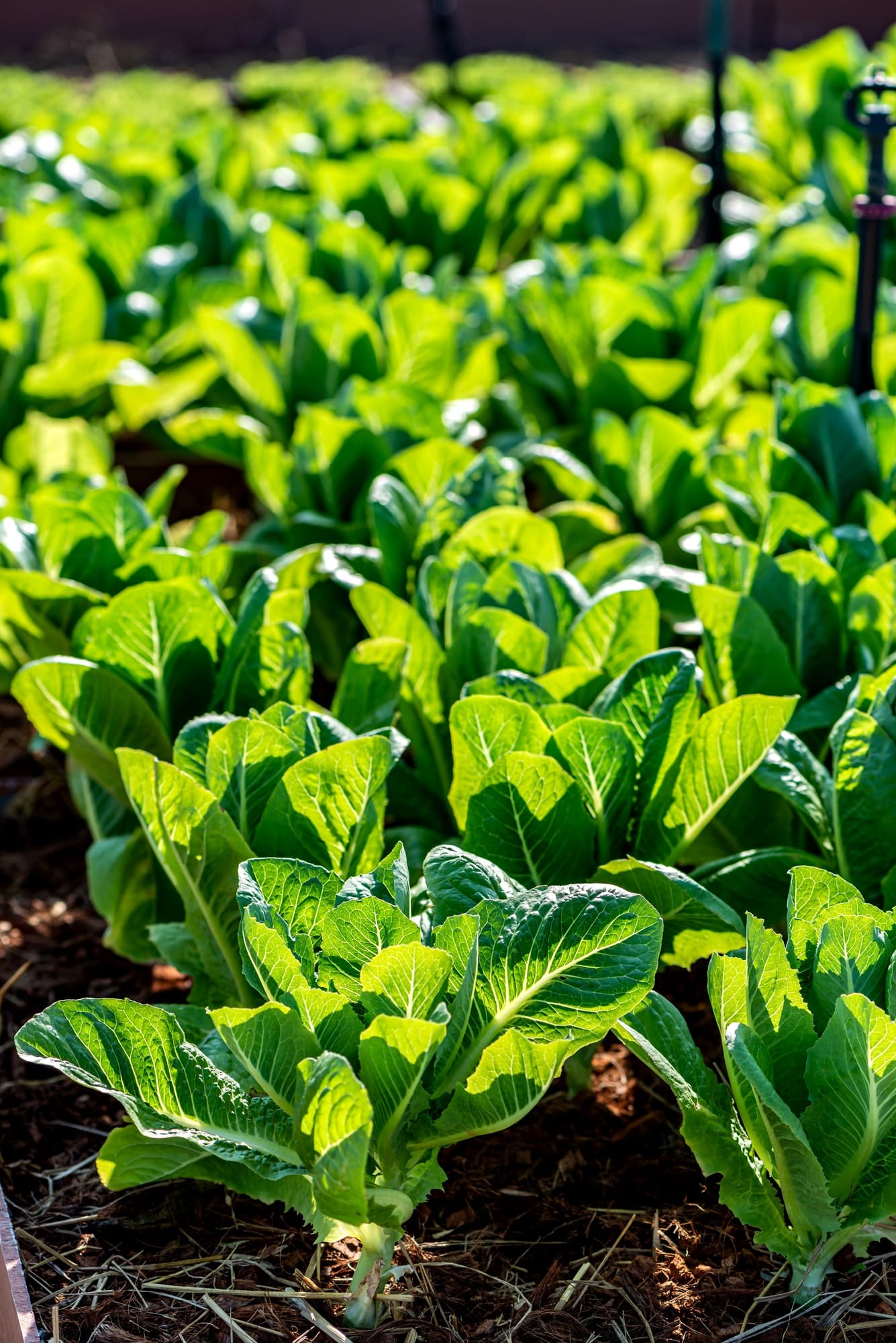How Can You Create an Indoor Garden That Thrives in Low Light Conditions?

Green thumbs among us know the joy of nurturing a plant from a seedling to flourish into a full-grown beauty. However, not everyone is blessed with that well-lit, sun-soaked corner in their homes for their plants to thrive. But don’t let the lack of sunlight impede your desire to cultivate your indoor oasis. There’s a world of indoor gardening possibilities, even in low light conditions, waiting for you to explore. Here are the top five strategies to create a stunning indoor garden that thrives even in those dimly lit corners of your home.
Choose the Right Plants
Before you embark on your indoor gardening journey, it’s essential to understand that not all plants are created equal. Some plants thrive in the full sun, while others flourish in the shadows. It’s all about picking the right plants for your indoor garden.
A lire également : What Are the Essential Considerations for a Home Renovation That Supports Aging in Place?
Several plant species do remarkably well in low light conditions. These include the snake plant (Sansevieria), peace lily (Spathiphyllum), and ZZ plant (Zamioculcas zamiifolia). These species can survive and even thrive in less than ideal lighting conditions, making them perfect for your dimly lit rooms. Other excellent options are pothos (Epipremnum aureum), philodendrons, and spider plants (Chlorophytum comosum).
Remember, low light doesn’t mean no light. Ensure your plants get some indirect sunlight, like near a north-facing window or in a room with bright artificial light.
Cela peut vous intéresser : How to Design a Functional and Stylish Home Office for Two with Distinct Work Styles?
Understand Light Requirements
Just as we need a balanced diet for our health, plants too have their unique light, water, and nutrient requirements. So, even though you’ve picked your plants wisely, understanding their specific light conditions will ensure their optimal growth.
Most low light plants can survive in indirect sunlight or fluorescent light conditions. But there’s a difference between surviving and thriving. For your plants to truly flourish, they’ll need at least three to six hours of indirect light each day.
Try placing your plants close to windows that allow in gentle, filtered light. If windows aren’t an option, fluorescent or LED lights can also suffice. Keep in mind, though, that artificial lights should be kept on for a longer duration to compensate for the lower light intensity.
Maintain Optimal Humidity Levels
Humidity is an often-overlooked factor that can impact the health of your indoor garden. Many low light plants are tropical in origin and prefer a humid environment. But maintaining humidity indoors, especially in cooler or air-conditioned spaces, can be challenging.
One solution is to place a tray filled with water and pebbles beneath your plant pots. As the water evaporates, it increases the humidity around the plants. Another option is to mist your plants periodically. However, be careful not to overdo it as too much moisture can lead to mold growth.
Feed Your Plants Well
Nutrition is another vital aspect of gardening, regardless of whether it’s indoor or outdoor. In low light conditions, plants grow slower and have fewer nutritional needs. Hence, it’s crucial not to over-fertilize them as it may cause more harm than good.
A balanced, slow-release fertilizer is usually enough for most indoor plants. Feed your plants every couple of months, but make sure to follow the instructions on the fertilizer package. Remember, each plant has its specific nutritional requirements, so do some research or consult a local nursery for advice.
Ensure Proper Watering
Last but certainly not least, let’s talk about watering. A lot of indoor plants suffer not from neglect but from overwatering. Especially in low light conditions, plants take longer to use water. Hence, the soil stays moist for longer periods.
Ensure the pots have proper drainage holes to prevent waterlogging. A rule of thumb is to water when the top inch of the soil feels dry. However, specific water requirements can vary among plant types, so it’s best to understand the watering needs of the plants in your indoor garden.
Creating a thriving indoor garden in low light conditions might seem daunting at first, but with the right strategies and a bit of patience, you’ll have a verdant oasis even in the dimmest corners of your home. Remember, gardening is not just about the end result but the journey. So, have fun along the way, and don’t be afraid to make a few mistakes. Happy gardening!
Avoid Overcrowding Your Plants
Creating a lush, green indoor oasis might inspire you to add more and more plants to your collection. However, overcrowding can stunt plant growth and lead to other problems. Therefore, it’s essential to give your plants some room to breathe and grow.
Overcrowded plants compete for light, water, and nutrients, which can affect their overall health and growth. Also, a tight, closed space can create a humid environment that encourages the growth of diseases and pests. So, it’s all about striking the right balance.
When arranging your plants, make sure you leave enough space between them. This will not only give your plants room to grow but also allow air to circulate freely. Plus, it can give your indoor garden an organized and uncluttered look. If you have a large collection of plants, consider using plant stands, shelves, or hanging planters. These can help you maximize your space without sacrificing the health of your plants.
Also, remember that different plants have different growth habits. Some plants, like the snake plant, grow vertically, while others, like pothos and spider plants, tend to spread out. Consider these growth habits when planning your garden layout.
Use Reflective Surfaces to Boost Light Levels
If your home lacks abundant natural light, don’t feel disheartened. You can use reflective surfaces to amplify the available light and make it reach your indoor garden. This method is especially useful when dealing with low light conditions.
Reflective surfaces bounce off light, thereby increasing its intensity and distribution. Think of using light-colored walls, mirrors, or even aluminum foil to reflect light. Place your plants near these reflective surfaces to make the most of this trick.
For example, if you have a north-facing window that doesn’t receive direct sunlight, place a mirror opposite the window. The light coming through the window will hit the mirror and reflect onto your plants. Likewise, using light-colored pots can also help reflect light onto the lower parts of your plants, encouraging healthy growth.
This method is a simple yet effective way of maximizing the available light in your home. Just remember not to place your plants too close to reflective surfaces as it can lead to sunburn in some species.
Conclusion
Growing an indoor garden in low light conditions may seem like a challenge, but with the right strategies, it is entirely achievable. Choose the right plants, understand their light requirements, maintain optimal humidity levels, feed your plants well, ensure proper watering, avoid overcrowding, and use reflective surfaces to boost light levels.
Remember, the journey towards a thriving indoor garden is one of patience, learning, and enjoyment. Embrace the process, learn from your mistakes, and celebrate your successes. Keep experimenting and adjusting until you create the perfect oasis for your plants and yourself.
Before long, you’ll see your indoor garden flourish, turning those dimly lit corners of your home into a verdant, vibrant sanctuary. And ultimately, isn’t that what gardening is all about? Creating a place of beauty and tranquility, where we can connect with nature, right in the comfort of our homes. Happy gardening!
